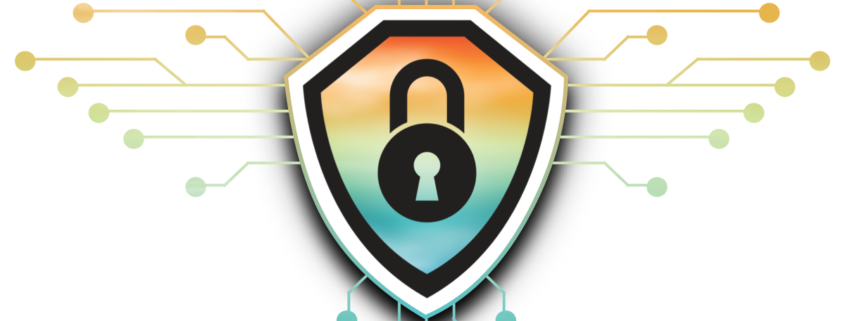Cyber Resilience and Its Importance for Your Business
What Is Cyber Resilience?
Computer Security Resource Center defines cyber resiliency as the ability to anticipate, withstand, recover from and adapt to adverse conditions, stresses, attacks or compromises on systems that use or are enabled by cyber resources.
Given today’s increasingly evolving threat landscape, cyber resilience has become an important factor in determining the success of an organization. Cyber resilience helps businesses defend against cybercrimes, mitigates risks and severity of attacks, and enables business continuity. A cyber-resilient business is well prepared to tackle cybersecurity incidents and can effectively respond to and quickly recover when such events do occur.
What Is the Difference Between Cybersecurity and Cyber Resilience?
Cybersecurity deals with strengthening an organization’s defenses to prevent cybercriminals and malicious programs from compromising its network, data and IT infrastructure. It encompasses strategies and actions to keep threat actors at bay and protect company assets from loss, theft or damage.
While cybersecurity is an essential part of an organization’s security strategy, protection from sophisticated cyberattacks is never guaranteed. This is where cyber resilience comes in. Cyber resilience encompasses a wider umbrella, including deploying policies, solutions and clearly defining the steps that need to be taken when measures such as cybersecurity fail.
Cyber resilience is a broader concept covering business continuity, securing critical business processes, identifying potential threat vectors, managing risks, minimizing the severity of attacks and implementing procedures to withstand cybersecurity incidents. Cyber resilience enables an organization to continue normal business operations without any interruption during and after disruptive events such as cyberattacks or technical failures. When done right, cyber resilience enables an organization to remain operational despite significant cyber disruptions.
Key Components of a Cyber Resilience Framework
Given the unprecedented surge in cybercrimes, most businesses would agree that cyberattacks are no longer a matter of “if” but “when.” As such, your business…



